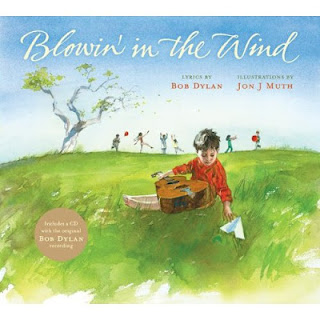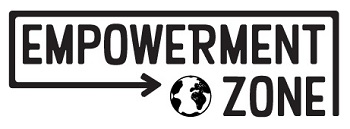 |
| President Barack Obama awards Bob Dylan the Medal of Freedom. Image from the Huffington Post. |
We're honoured to offer a small part of Bob Dylan's story at Biome (see more about the book below), so we were pleased to hear that he received the Medal of Freedom, the United States' highest civilian honor.
According to the Huffington Post, Dylan released his first album in 1962, and his music had a considerable influence on the civil rights movement. The president said he found Dylan's music transcendant, claiming it led to his "world opening up, because Dylan captured something about this country that was so vital."
And from Wikipedia, "Blowin' in the Wind" is a song written by Bob Dylan and released on his album The Freewheelin' Bob Dylan in 1963. Although it has been described as a protest song, it poses a series of rhetorical questions about peace, war and freedom. The refrain "The answer, my friend, is blowin' in the wind" has been described as "impenetrably ambiguous: either the answer is so obvious it is right in your face, or the answer is as intangible as the wind".
 |
| Picture book and CD available at Biome Eco Stores |
The answer, my friend, is blowin' in the wind.
Bob Dylan's lyrics for "Blowin' in The Wind" are just as
relevant today as they were almost 50 years ago.
The song is often
hailed as an anthem of the 1960s civil rights movement, but in tackling
universal questions about freedom, justice, war and peace, it has become
much more than just a protest song.
Now readers of all generations can appreciate Dylan's
moving message in this Blowin' in the Wind picture book adaptation illustrated with
powerful, poetic paintings by Caldecott honoree Jon J Muth.
This beautiful edition includes a CD of Dylan's original
1963 recording, plus a special note by renowned music columnist Greil
Marcus, putting the song in historical context.
How many roads must a man walk down
Before you call him a man?
Yes, 'n' how many seas must a white dove sail
Before she sleeps in the sand?
Yes, 'n' how many times must the cannon balls fly
Before they're forever banned?
The answer, my friend, is blowin' in the wind...
How many roads must a man walk down
Before you call him a man?
Yes, 'n' how many seas must a white dove sail
Before she sleeps in the sand?
Yes, 'n' how many times must the cannon balls fly
Before they're forever banned?
The answer, my friend, is blowin' in the wind...















































